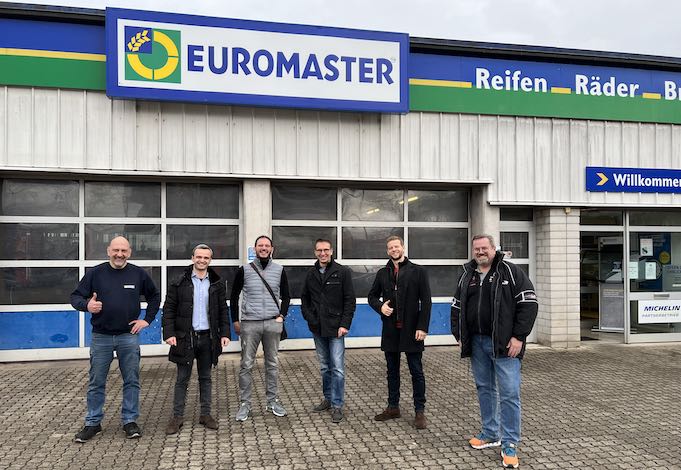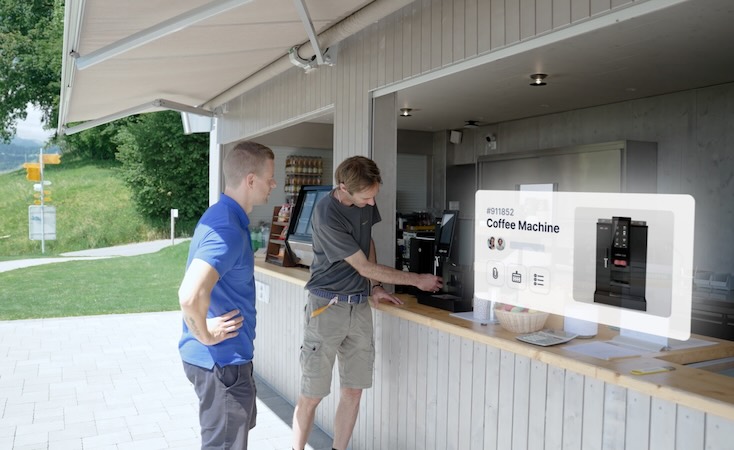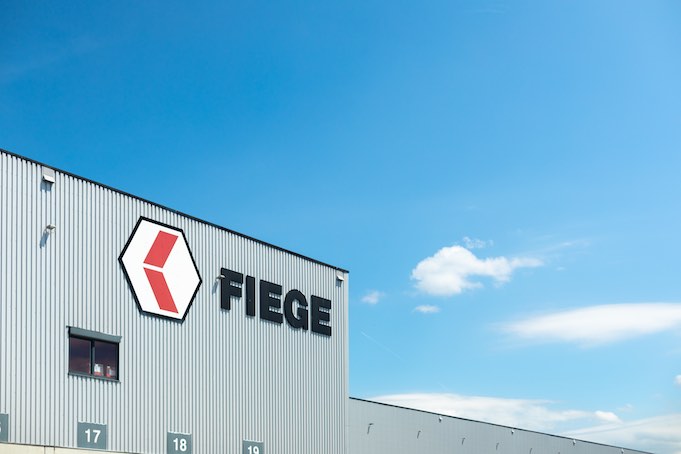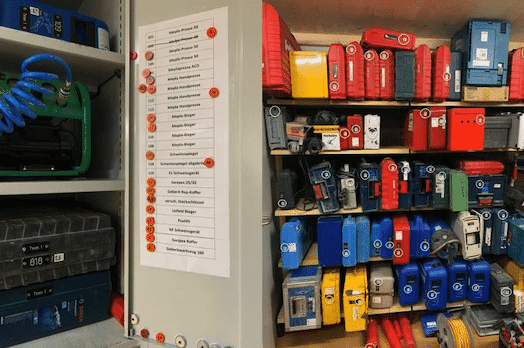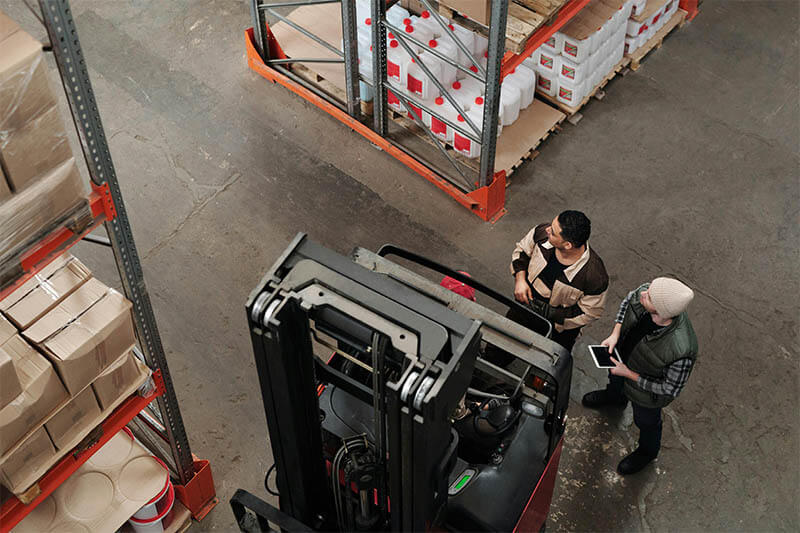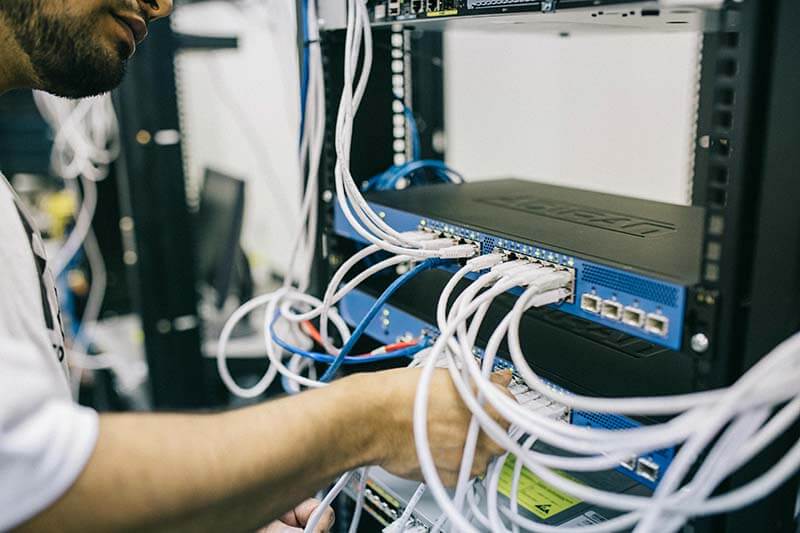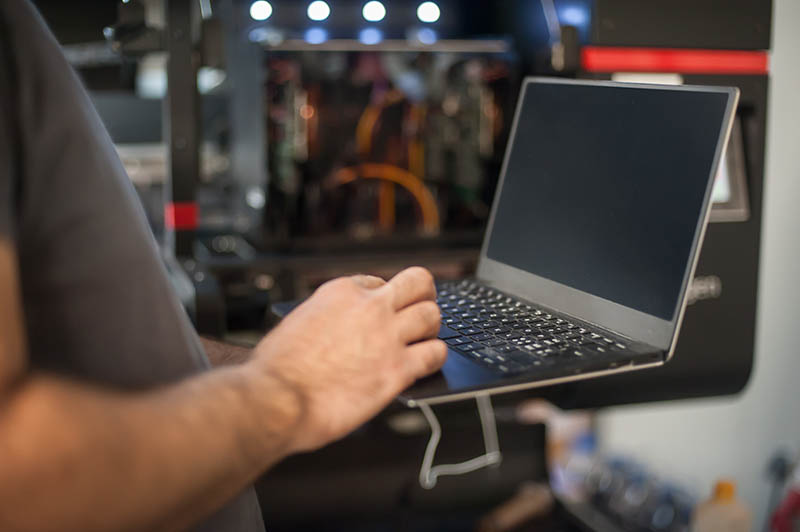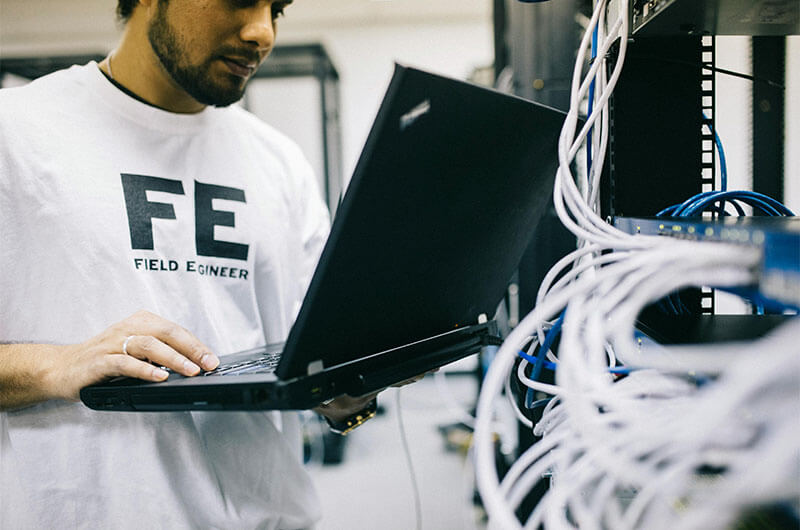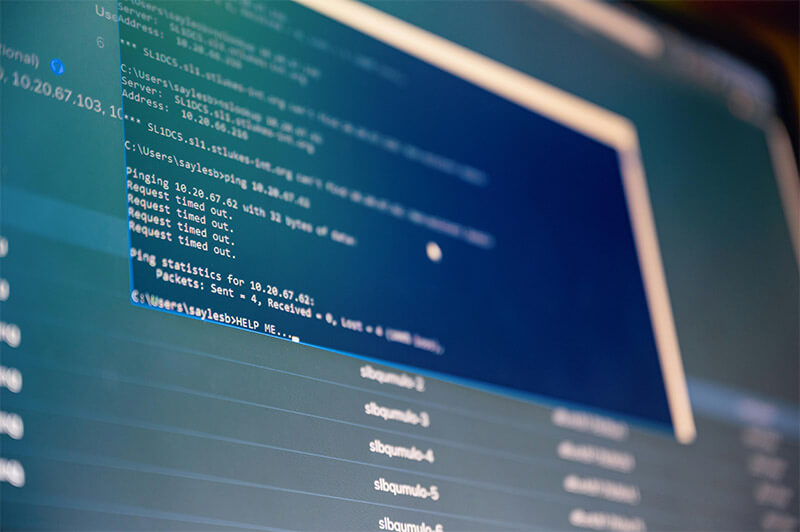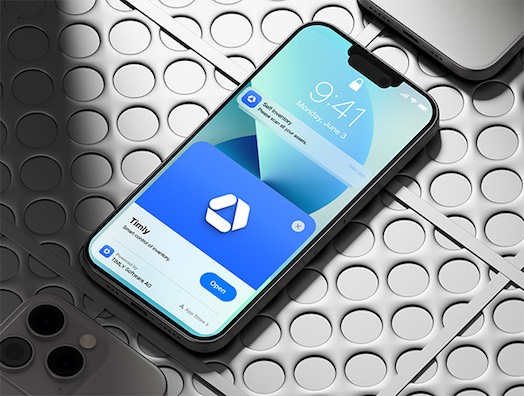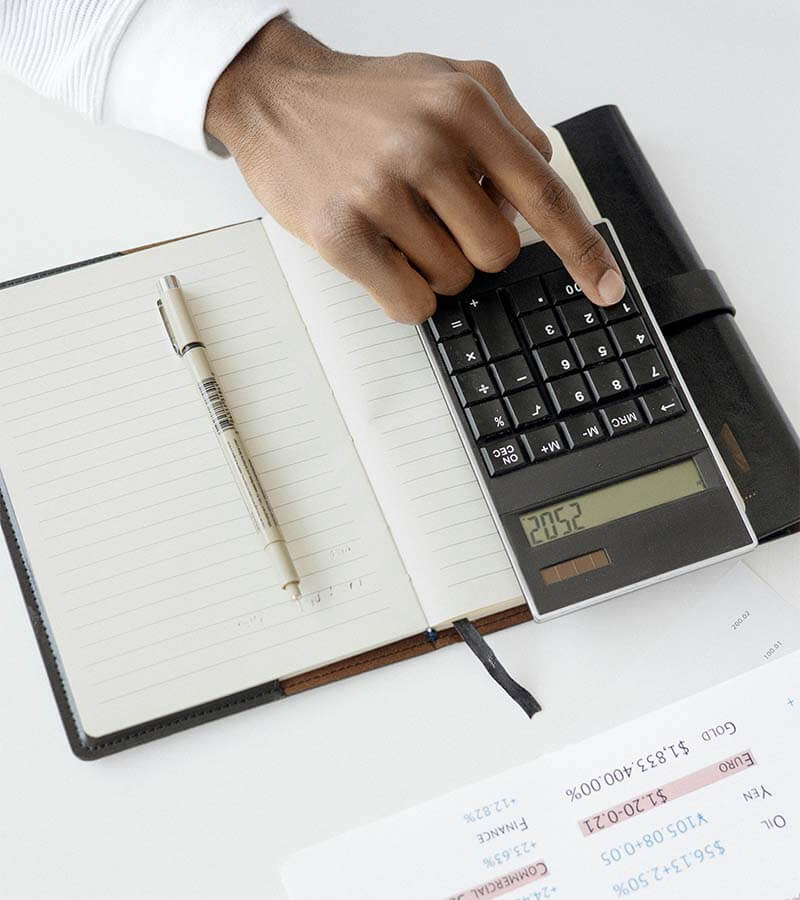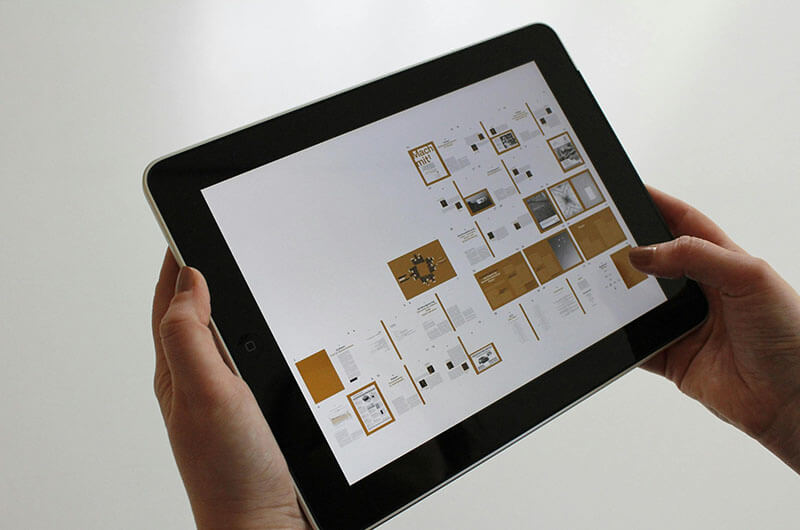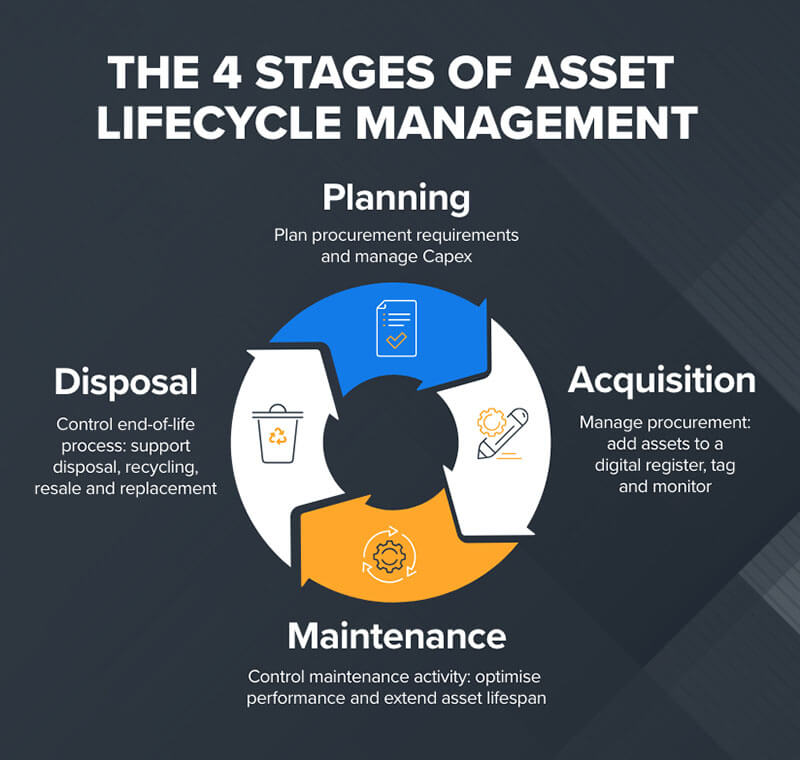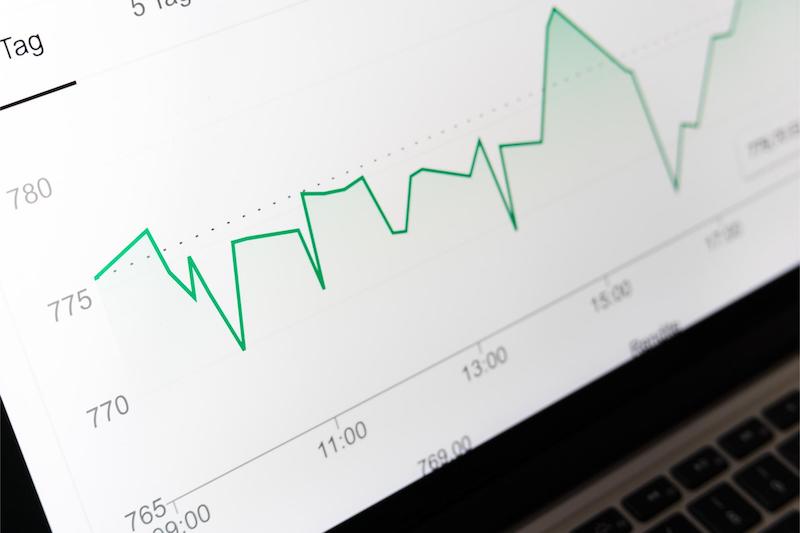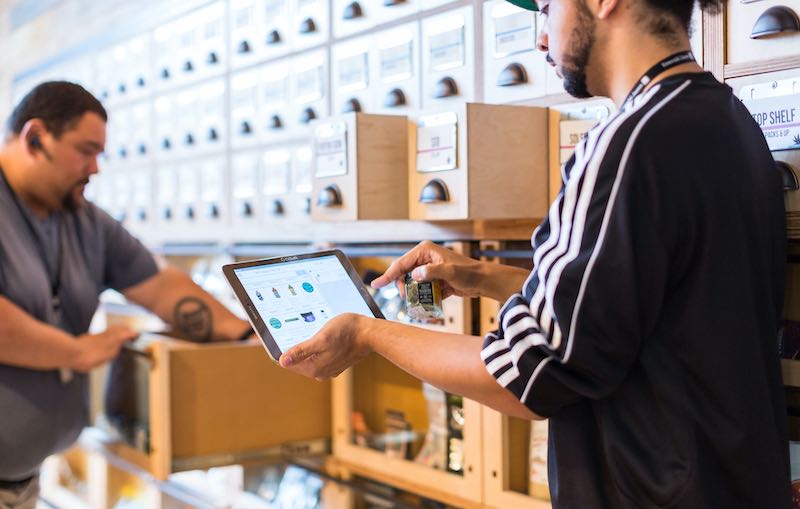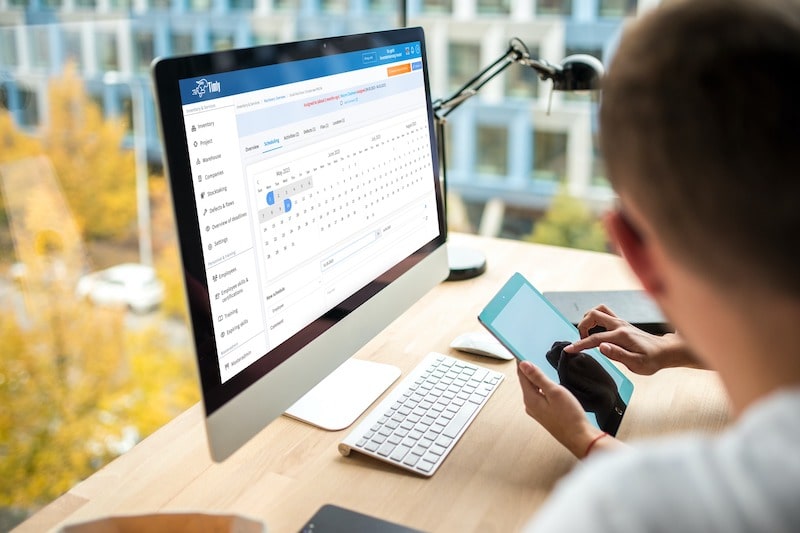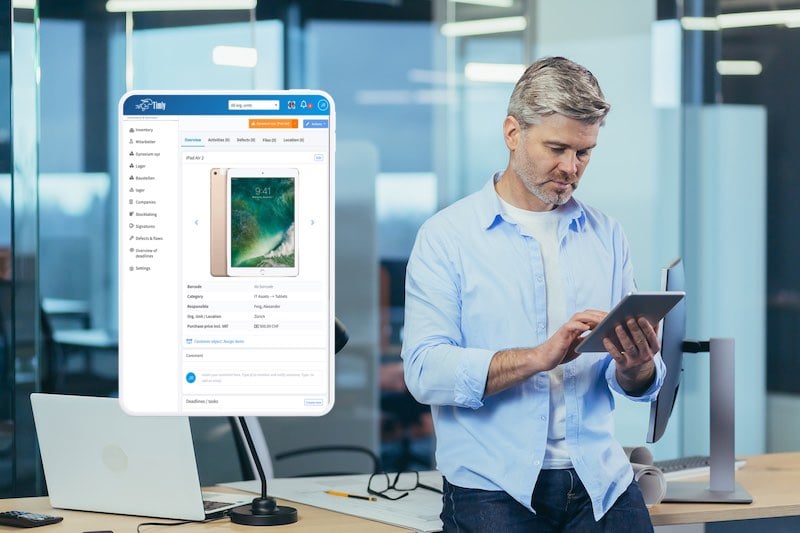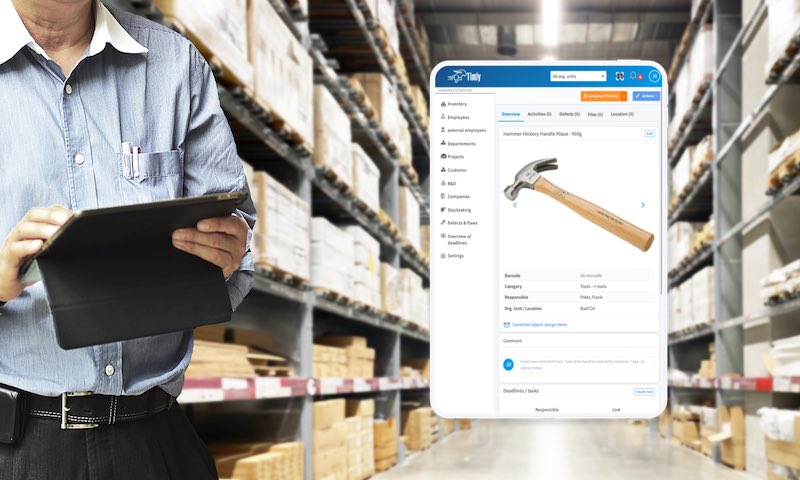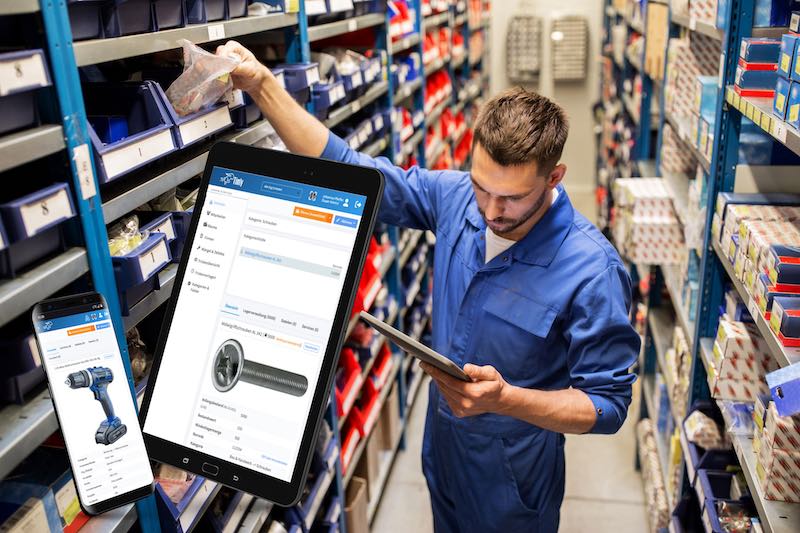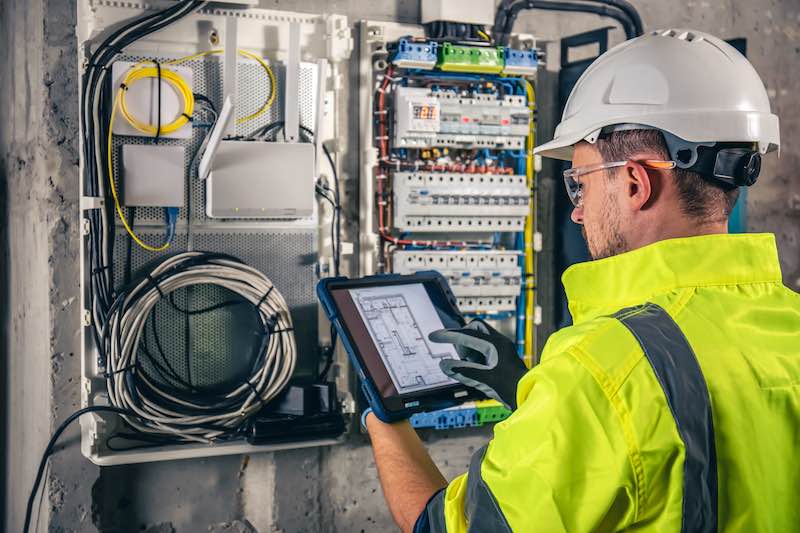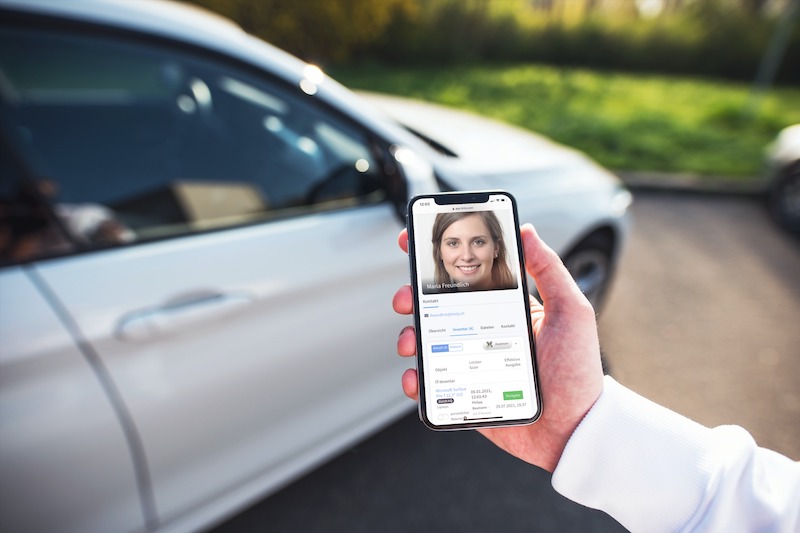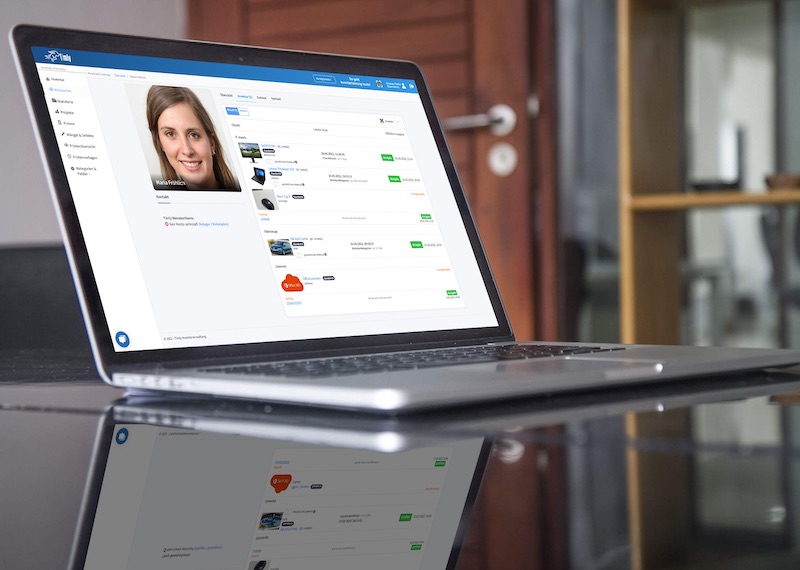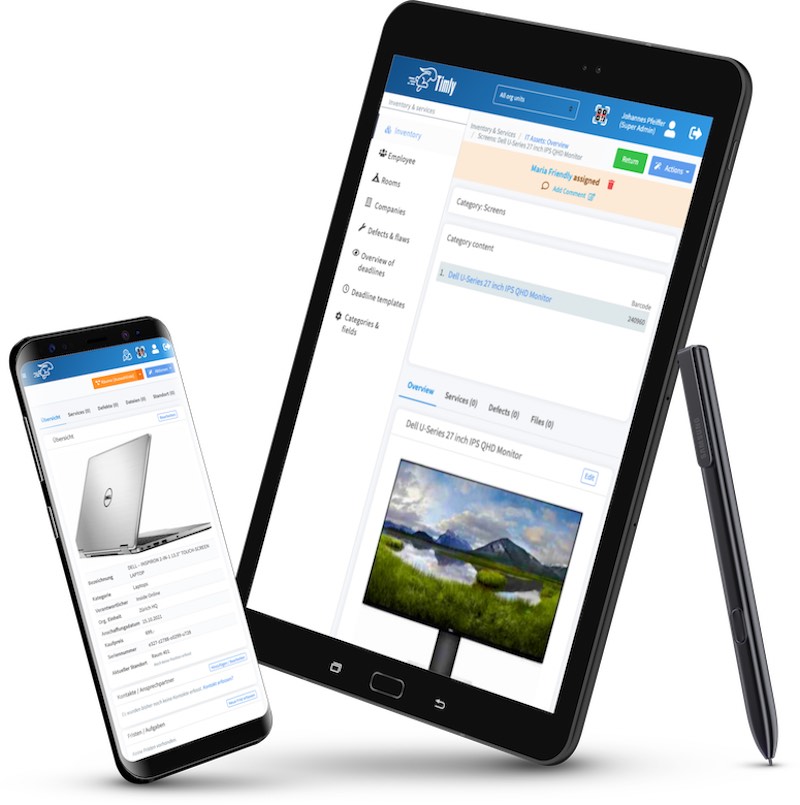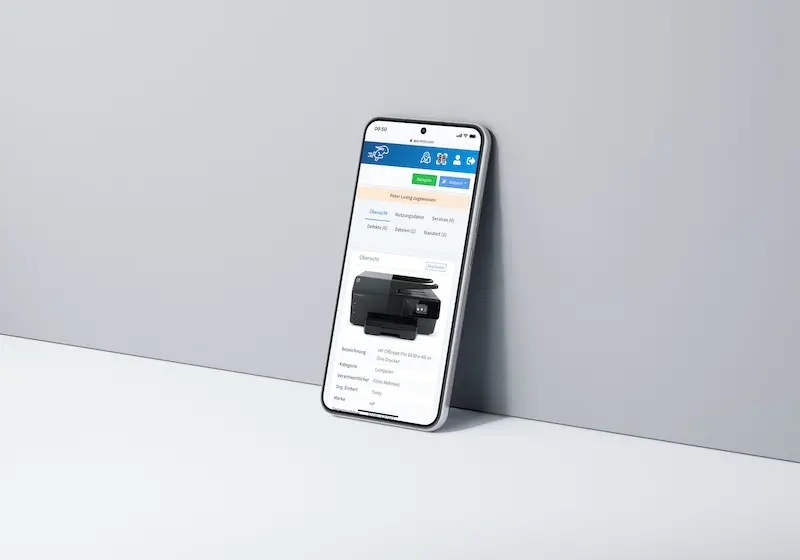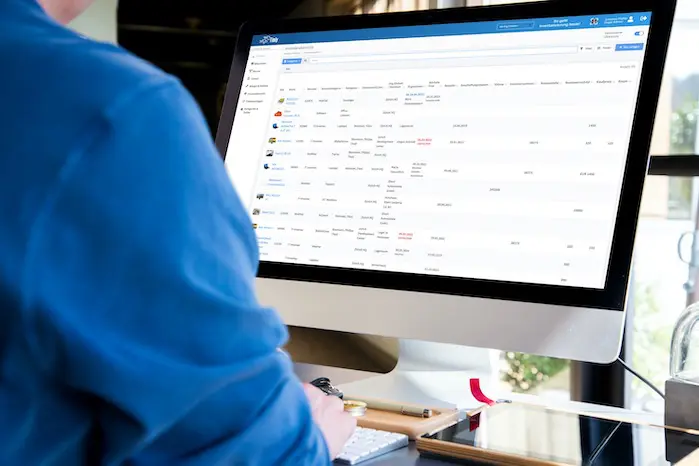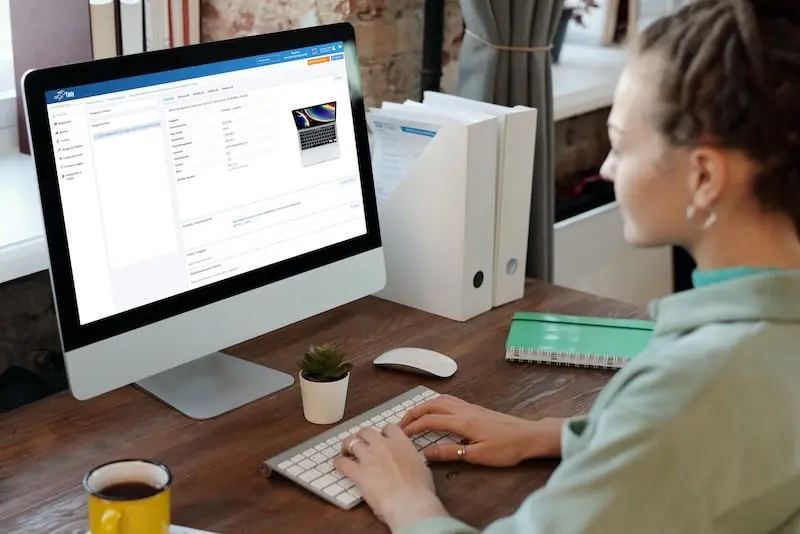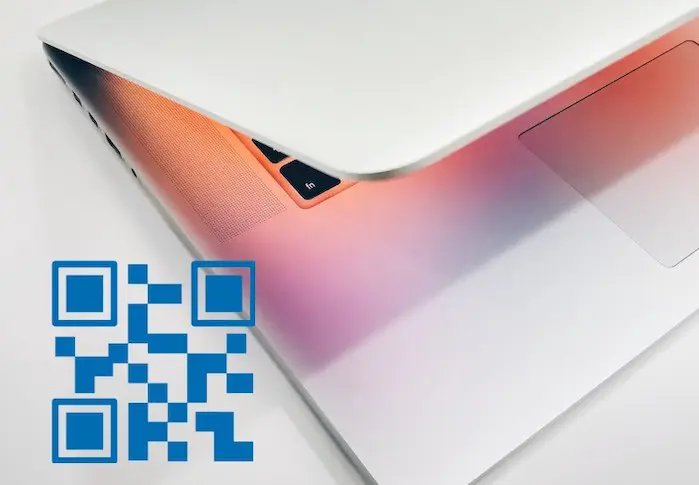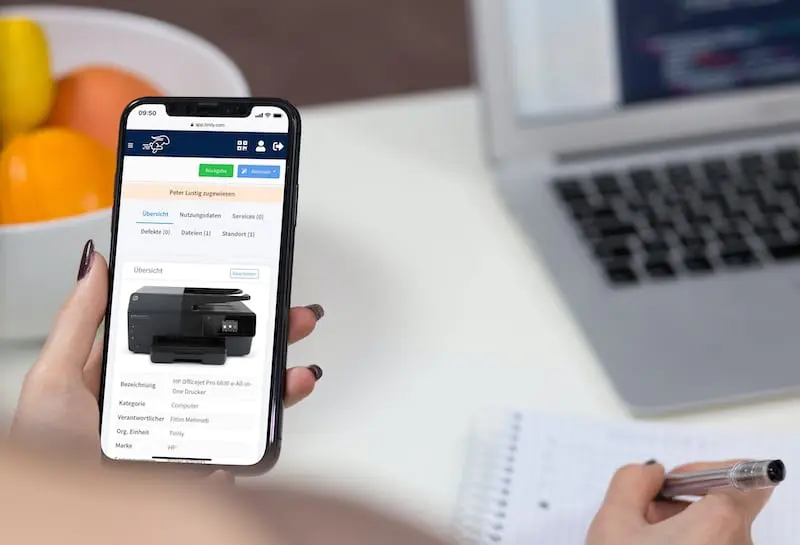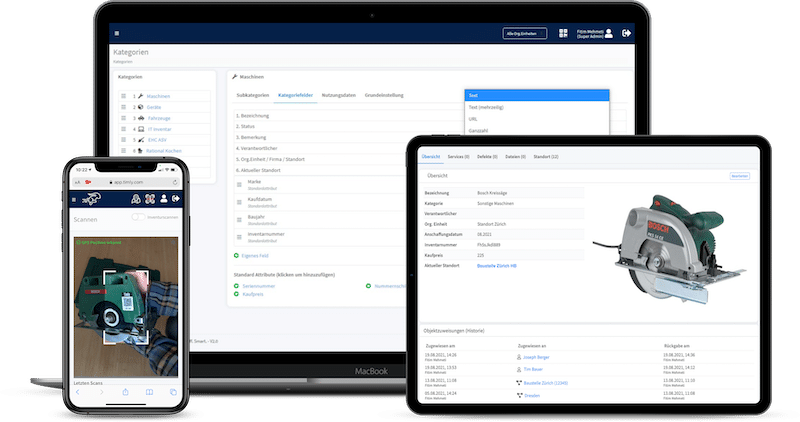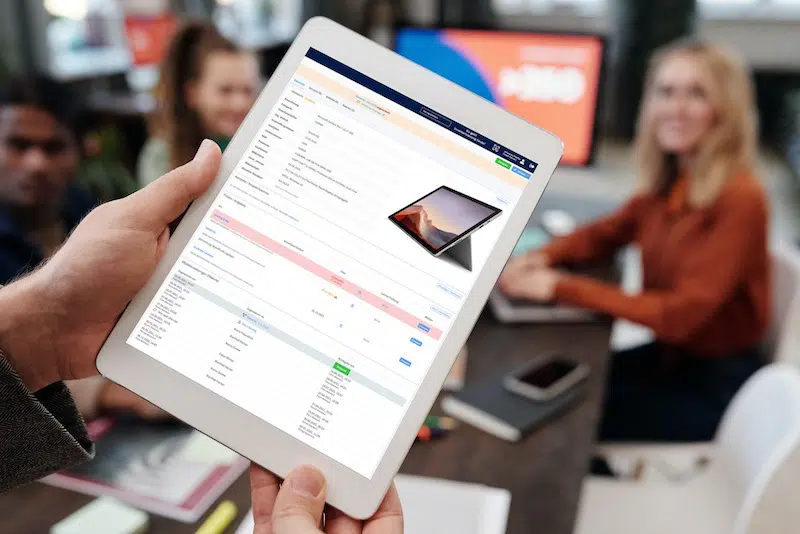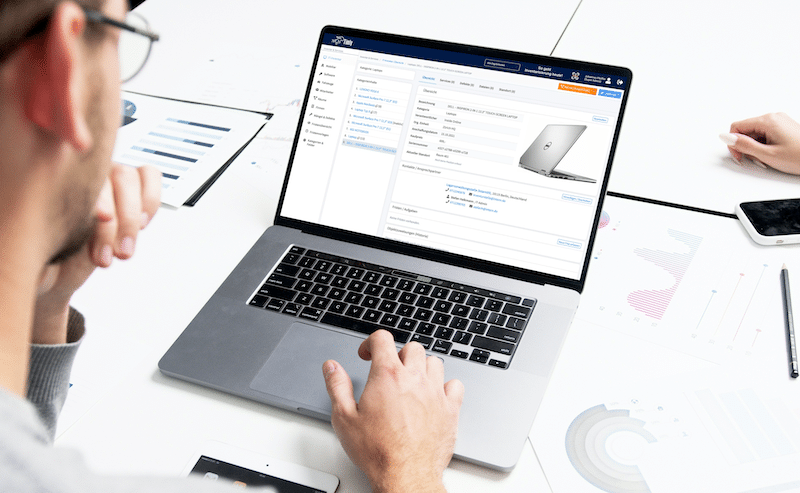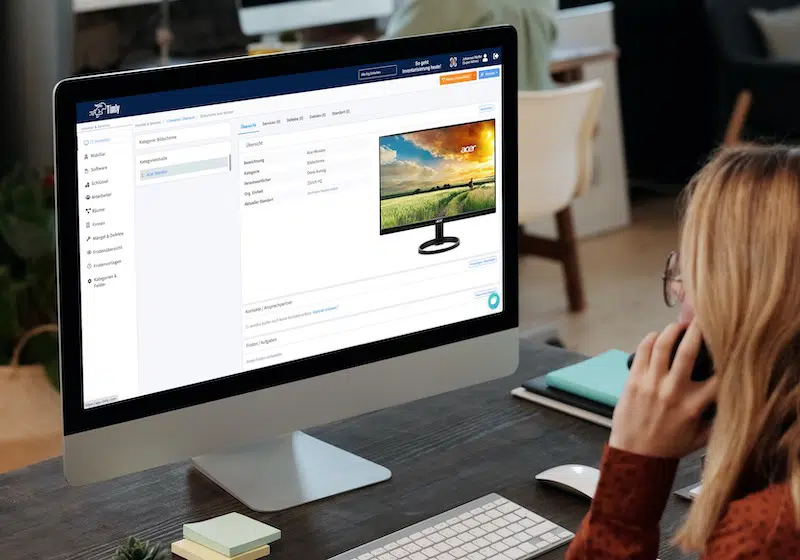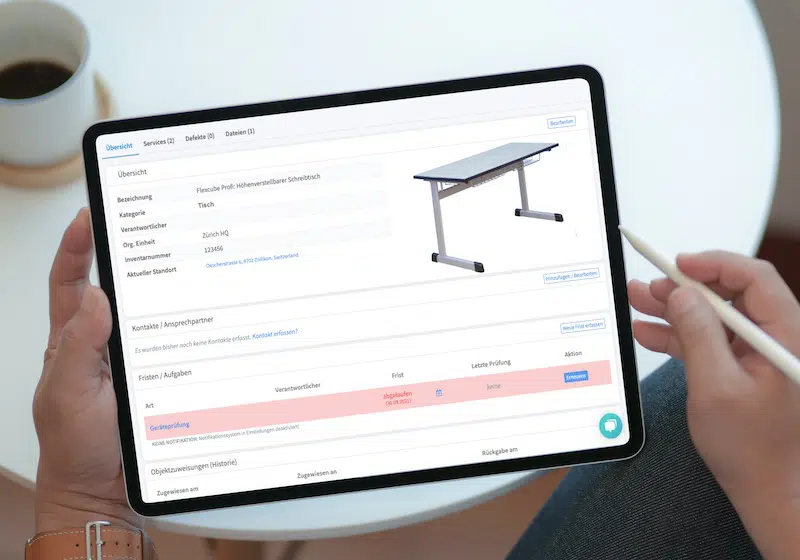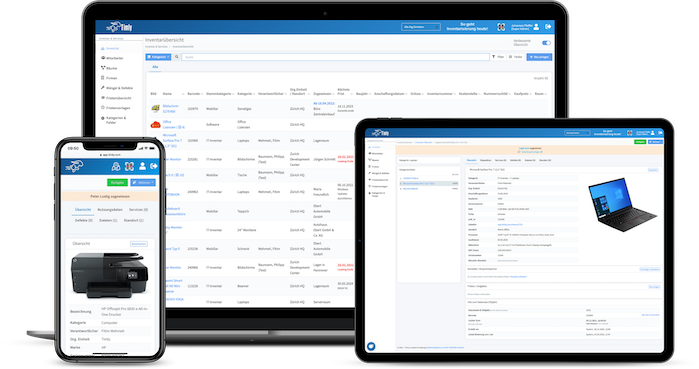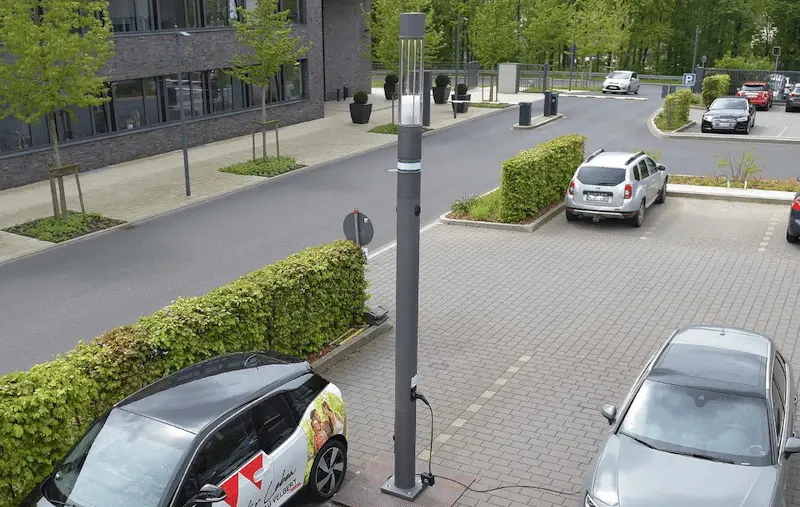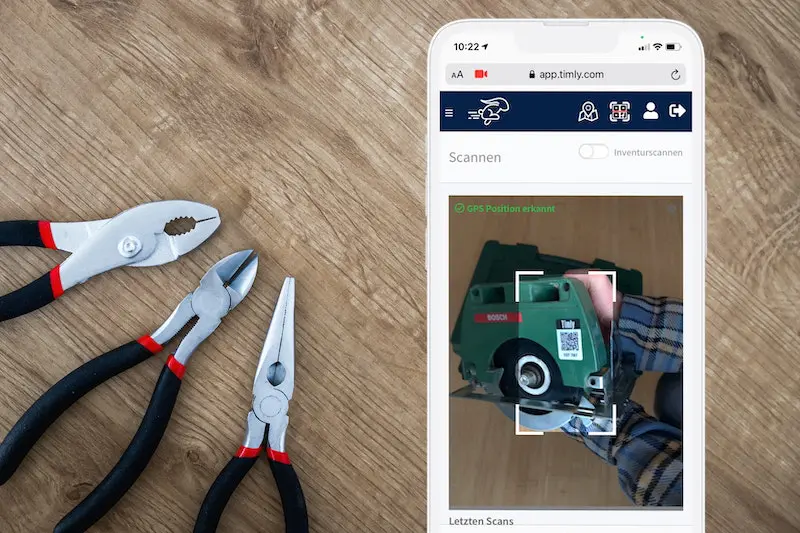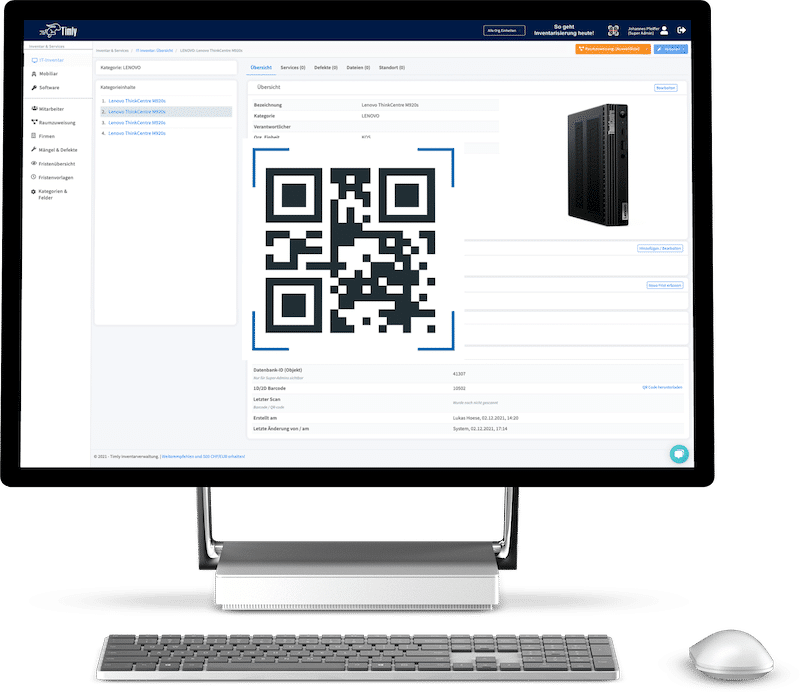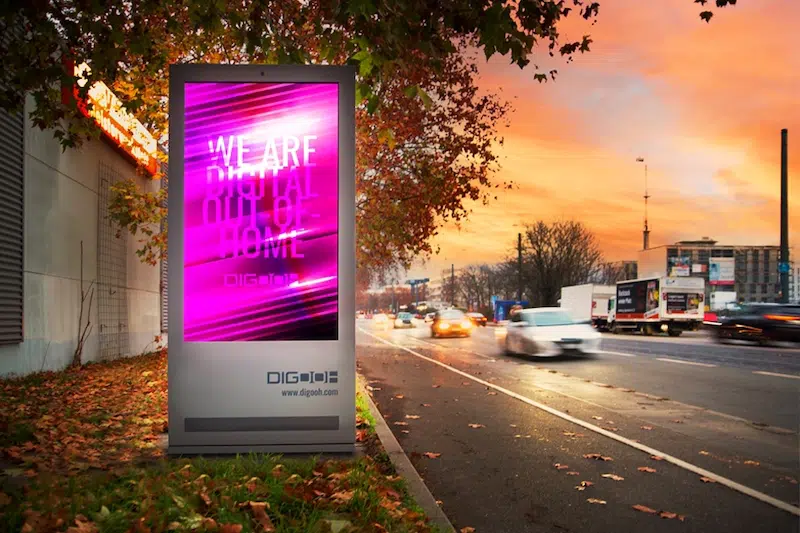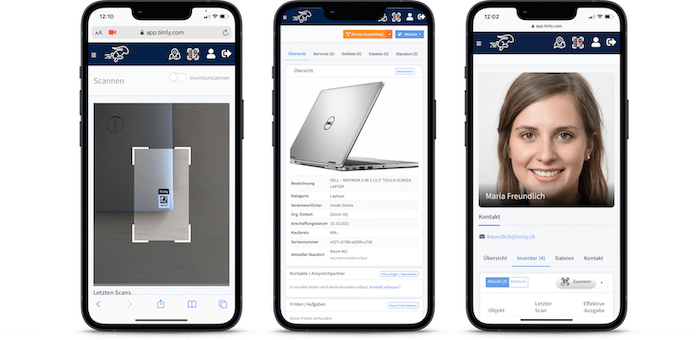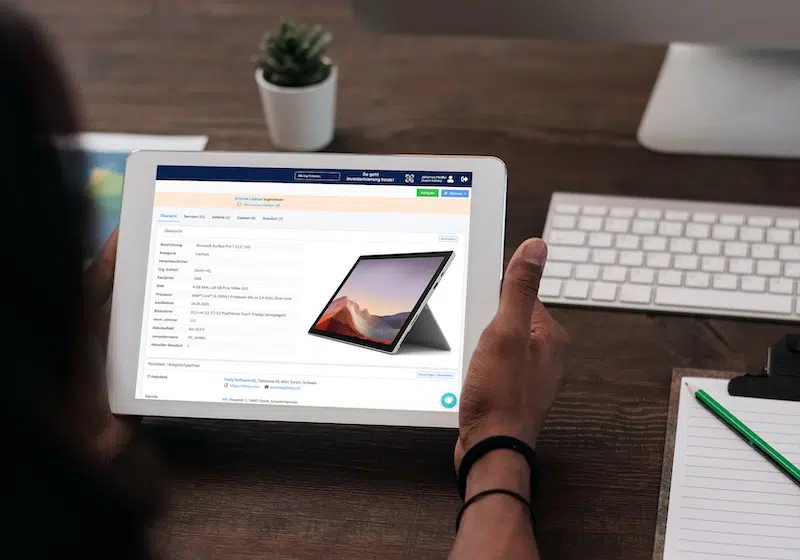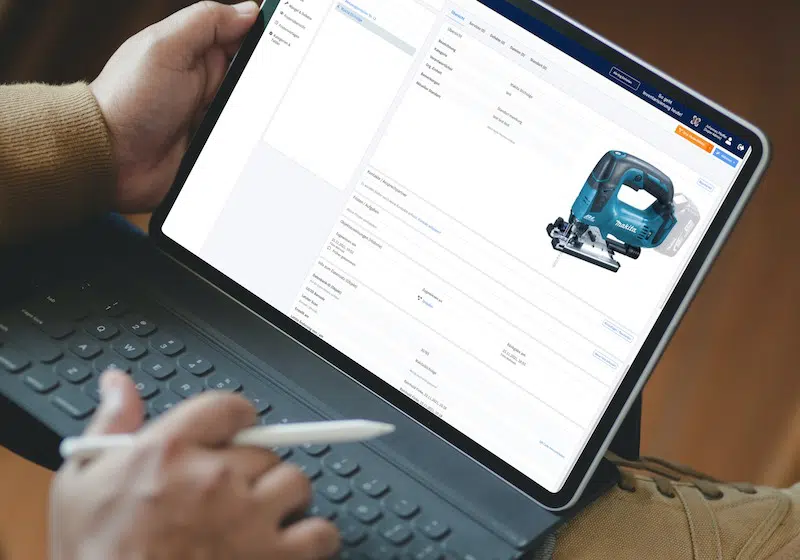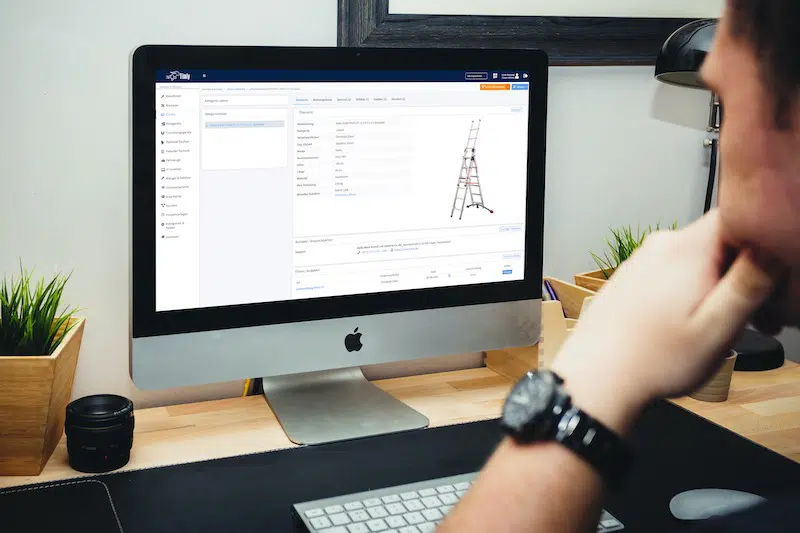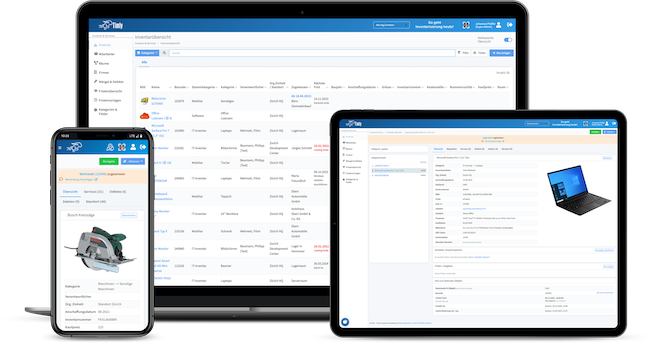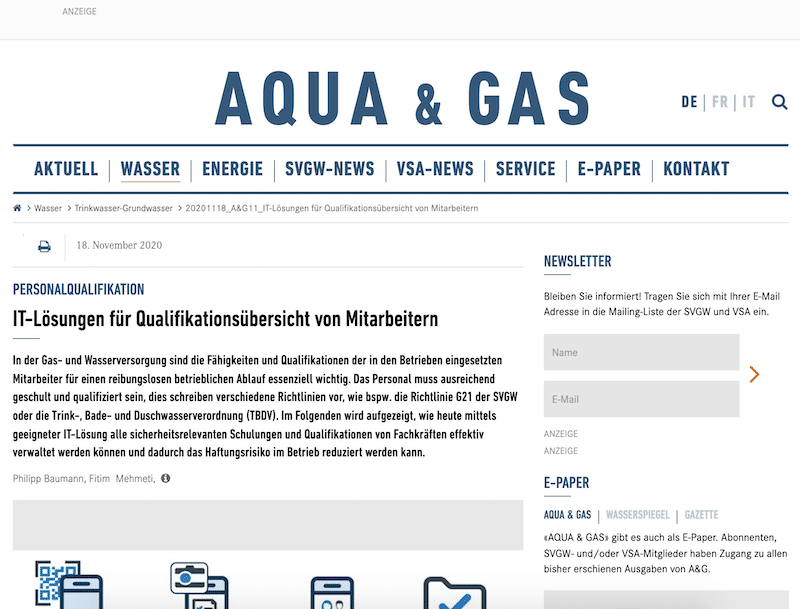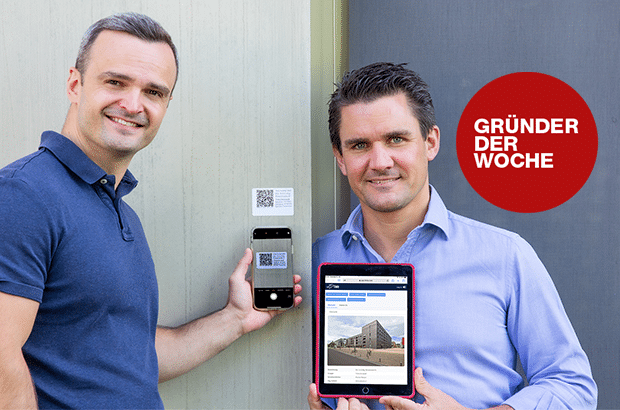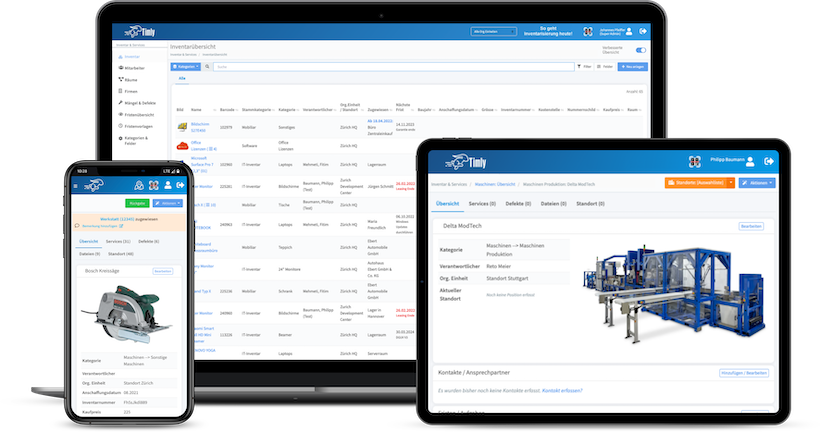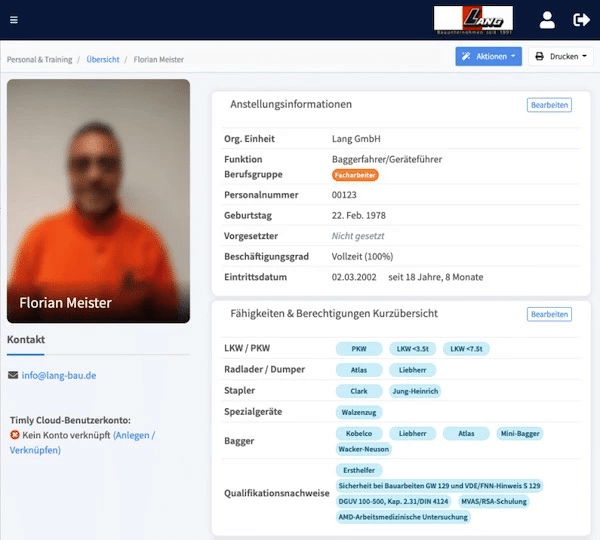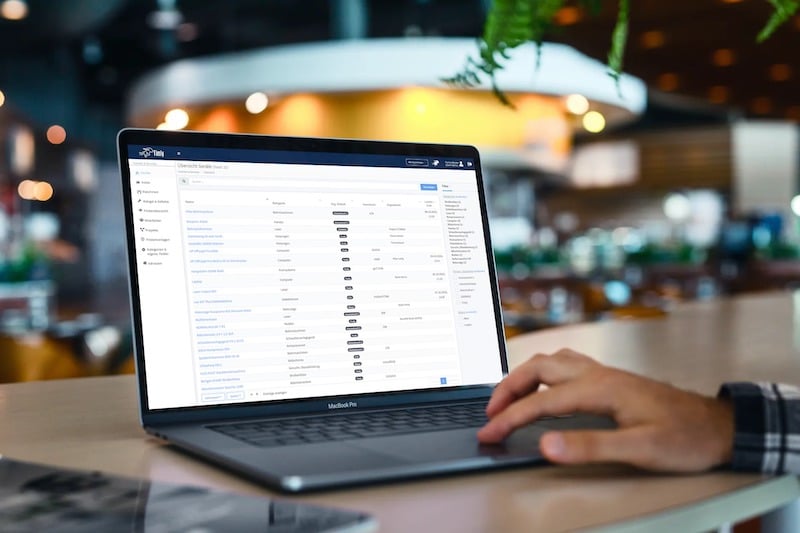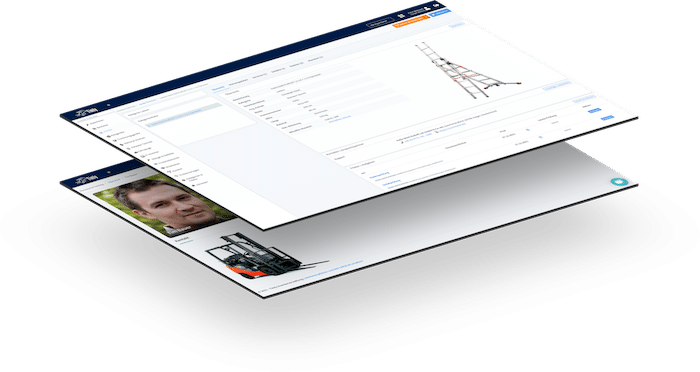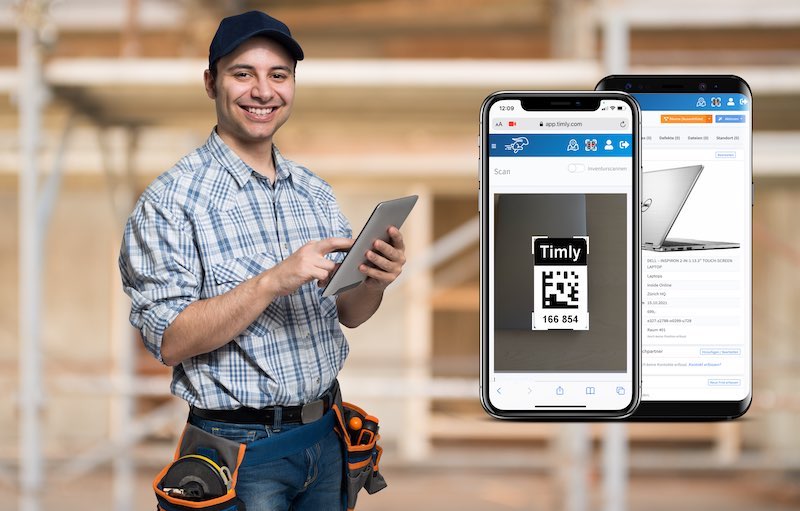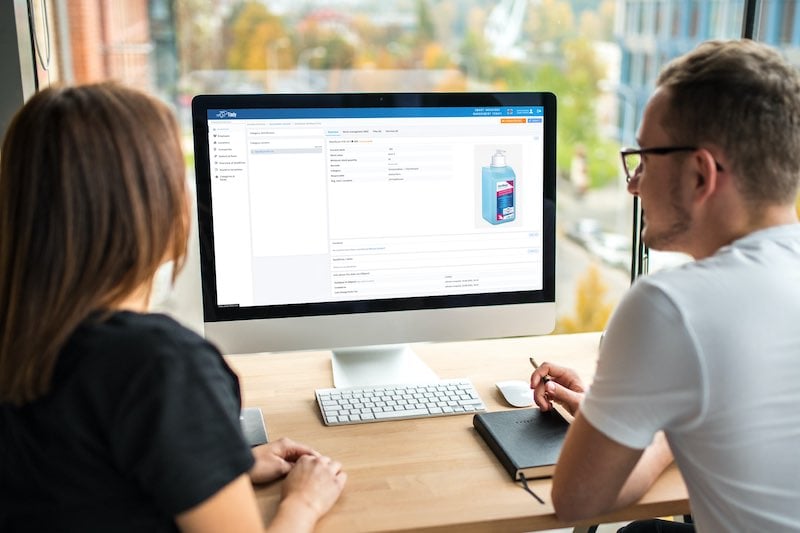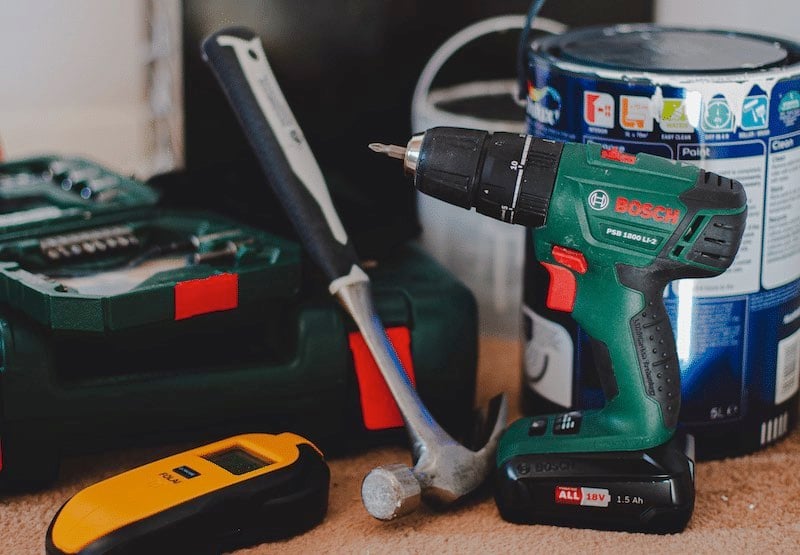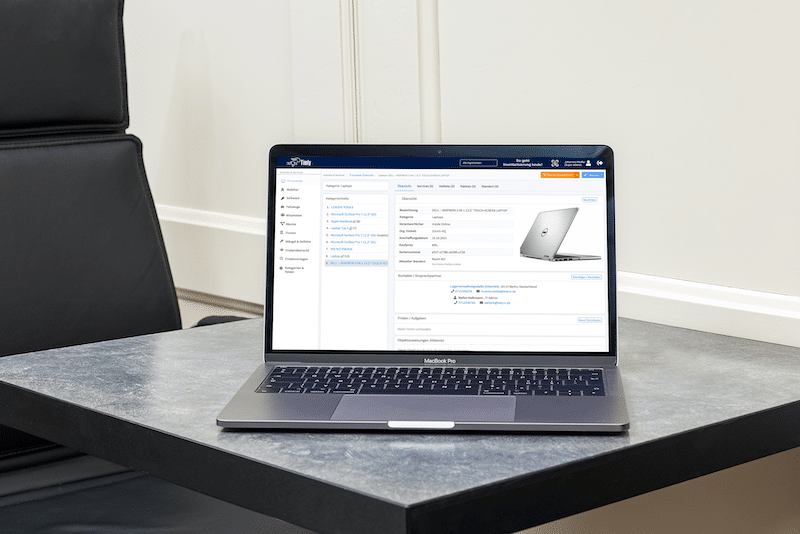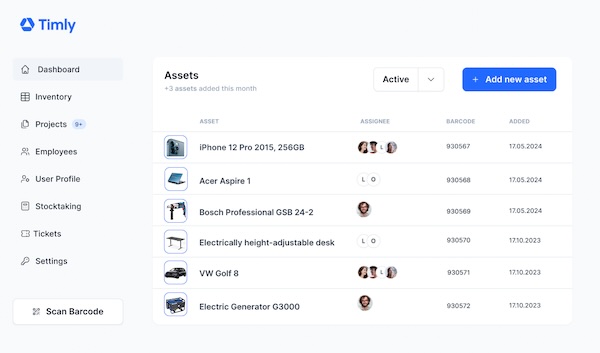
Key Takeaways:
- UPC codes are 12-digit numeric codes that identify products and inventory in the retail and supply chain industries, providing information such as the manufacturer, product name, and price.
- There are two types of UPC codes: UPC-A (full-size) and UPC-E (compressed), both serving the same purpose but varying in size and structure.
- Businesses must obtain a UPC code from GS1, the only authorized provider, by applying for a company prefix and assigning unique product numbers.
In This Article:
- What Is a UPC Code?
- How Does a UPC Code Work?
- Types of UPC Codes and Their Specific Uses
- How to Obtain and Register a UPC Code
- Asset Management Software in Use by Our Customers
- How Much Does It Cost to Get a UPC Code?
- Do All Products Need a UPC Code?
- How UPC Codes Improve Supply Chain Efficiency in Industry
- Frequently Asked Questions About What Is a UPC Code?
What Is a UPC Code?
UPC stands for Universal Product Code which is a system for standardizing product identification and tracking. It consists of a 12-digit numeric code that uniquely identifies products and inventory in the retail and supply chain industries. This code is represented by a barcode that provides information about the product, such as the manufacturer, product name, and price.
UPC codes play a crucial role in retail and inventory management by keeping track of product stock, reducing errors, providing accuracy for packing orders, and facilitating the recall of any unsafe or defective products.
An example of a UPC barcode would be: 012345678901
What Are the Essential Parts of a UPC Barcode
As explained above, a UPC consists of 12 numeric digits, which can be broken down as follows:
- The first six digits identify the product manufacturer which is known as the manufacturer code or GS1 company prefix. Each manufacturer has a unique code.
- The next 5 digits identify the specific product that the manufacturer has in their range. It will tell you about the type, size, color, and other important details about the product.
- The final digit is a check digit, which is calculated using a mathematical formula to ensure accuracy of the code during scanning.
For example: 012345678901
- 012345 is the manufacturer’s code.
- 67890 is the product code.
- 1 is the check digit.
What Does the UPC Number Mean?
Let us take a look at how it works:
- Modulo-10 is an algorithm that calculates the check digit of the first 11 digits. Once it is calculated, it is then compared with the last digit of the UPC.
- If the number generated by the modulo algorithm and the 12th digit matches, then the product is properly scanned. If they do not match, then it is not scanned properly.
How Does a UPC Code Work?
A UPC is a 12-digit code that is tagged on a product. The information is used to track the product’s movement within the inventory management in supply chain. Let us take a look at how the UPC code works:
The product pattern is scanned and converted into a readable digital signature. The information is decoded and used to look up product name, price, and inventory level.
Barcode scanners are devices that scan and read barcode labels. There are a few types of scanners, such as 1D scanners which read flat-surface barcodes, 2D scanners that read QR codes, and alphanumeric scanners that identify and read alphanumeric codes. Electronic data interchange (EDI), on the other hand, enables the exchange of purchase orders, invoices, shipping notices, and other business documents between organizations.
Over 600 Companies, Schools and Cities Rely on Timly
(No credit card required)
Types of UPC Codes and Their Specific Uses
- UPC-A is known as a full-size code with 12 numerical digits used in supermarkets and retail stores. The 12 digits are divided into three parts:
- Manufacturers Code: Comprises of the first 6 digits
- Product Code: The next 5 digits
- Check Digit: The last number
UPC-E is a compressed version, which suppresses zeros to save space. This version is used for items that are too small for the UPC-A barcode. The definition of UPC-E is found in GS1 General Specifications. It has six-digit codes that are used for items such as labels, tags, and packaging.
UPC-A and UPC-E are seen in different use cases, such as:
- Logistics: UPC-A and UPC-E are used to track and manage supply chains.
- Retail: UPC-A is used in supermarkets to track inventory.
- Pharmaceutical and Healthcare: UPC-E is used in the pharmaceutical and healthcare industry to identify surgical products, medical devices and equipment.
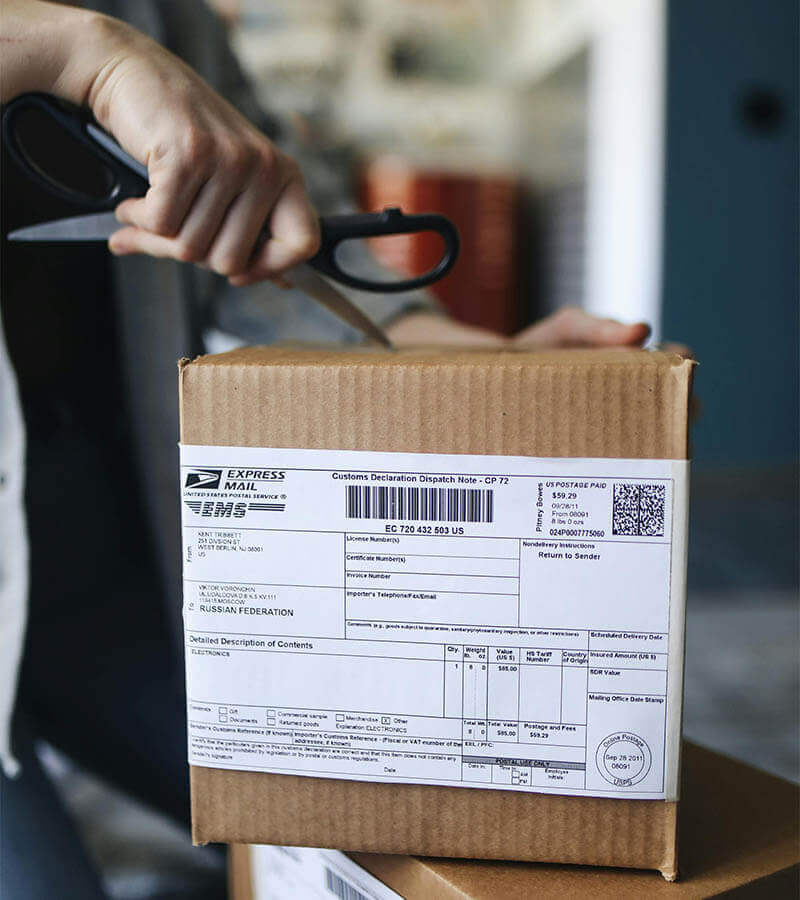
How to Obtain and Register a UPC Code
In order to obtain and register a UPC code, businesses will need to follow these steps:
- Determine how many barcodes your business needs. This is so you will be able to decide that you have enough for a variety of products.
- Apply for a company prefix that is located on the GS1 US website or a licensed provider. Once the application form has been filled out, you will then need to pay a fee which depends on the number of products that require UPC.
- Assign a unique product number to your products which can be done using the GS1 US Digit Calculator or a barcode inventory tool.
- Create digital barcodes from the products that have been assigned a prefix. This is done through the website or a barcode provider.
- Ensure compliance by validating GTIN and UPC information.
Steps to Acquire a UPC Code From GS1
To receive a UPC code from GS1, you will need to gather a UPC company prefix. For this you will need to:
- Determine how many barcodes are needed for the next year. This helps you identify the size and number of licenses needed.
- Fill out the application form on the GS1 US website. It requires the company name, address, and contact details.
- Receive the company prefix, which can be assigned to your products, along with a barcode for each productYou can obtain this using your GTIN.cloud account and obtain prints for your barcodes.
- Get barcode consultants to validate the GTIN assignments and UPC product data.
The aforementioned steps will help you register with GS1 and obtain the UPC company prefix, enabling you to create barcodes for your products.
Asset Management Software in Use by Our Customers
The Timly software is continuously evolving to meet the needs of our customers. In various success stories, we show you how Timly optimizes processes in companies, thereby saving significant effort. With Timly, inventory management becomes child’s play.

Optimized Device Management With Innovative Self-Inventory
SodaStream is the world market leader for water sparkling systems for domestic use and has a lot of IT equipment at its various locations. Many colleagues now work from their home offices. A digital solution for the efficient management of IT end devices became necessary...
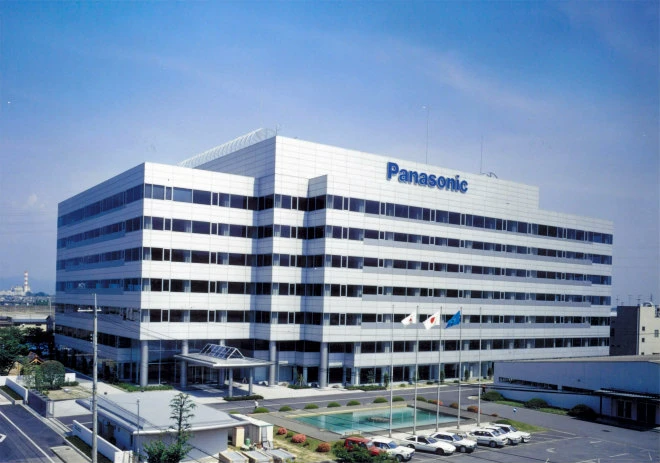
Panasonic x Timly: Driving Technological Innovation
One of the most remarkable aspects of human ingenuity is our ability to innovate. Innovation is embedded in the DNA of consumer electronics giant Panasonic, which has diversified into a number of sectors, from heavy industry to construction...
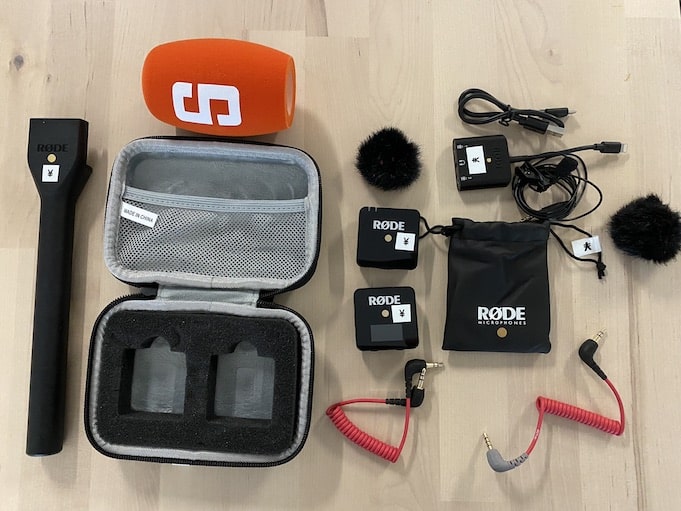
Manage Video Equipment Efficiently Without Much Effort
The Hamburg media company always does outstanding journalistic work and is characterized by independent reporting. In order to maintain journalistic quality, the teams work with highly specialized devices – these need to be managed efficiently...
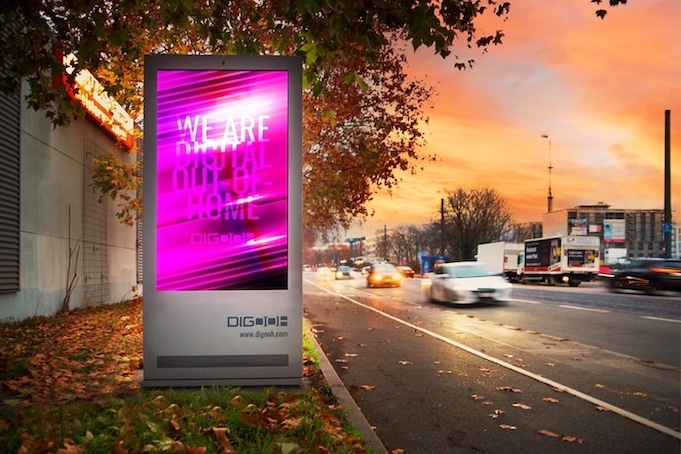
Smart City Asset Management – Timly in Use at DIGOOH
The core business of DIGOOH Media GmbH in Cologne is to manage digital city light posters (DCLP) for outdoor use in various cities in Germany. The challenge here lies in making the client’s communication message always available at the right time, in the right place...
(No credit card required)
How Much Does It Cost to Get a UPC Code?
Can You Get a UPC Code for Free?
Though there are means to obtain free UPC codes, it is important to recognize the risks. Businesses need to understand that free UPC codes come with risks such as legal and logistical issues.
For instance, new businesses can utilize the free trial period to obtain a company prefix and generate UPC codes. However, this offer only lasts for a limited time and is not a permanent solution. This is because once the trial ends, you will need to start paying for the prefixes and codes. Some online marketplaces, like Amazon, offer UPC codes to sellers who meet certain criteria or categories. However, their terms and conditions are subject to change.
Free UPC codes carry the risk of legal issues, as some come from unverified sources and could be invalid or already assigned to other products. To add on, there may be compatibility problems with packaging labeling or inventory management systems.
Buyabarcode is an alternative to GS1 established in 1999. It does not charge any annual fees and provides customer support to answer any barcode queries.
Do All Products Need a UPC Code?
Not all products need a UPC code, but it is important that physical products in stores have one. Here’s why UPC codes are essential for items sold online and in physical stores. We will explore some exceptions and special categories to understand which products require a UPC code.
UPC codes are important for physical stores as they are utilized to track and manage inventory, provide the ability to scan and identify products are at the checkout counter, facilitate pricing of the identified product, and are required by most retail outlets to be sold at stores.
Comparing UPC and Other Product Codes
There are other product identification codes besides UPC used in the market. One is EAN, which stands for European Article Number and is used globally. Though there may be some similarities, there are known key differences as well.
UPC is used in the United States and Canada and uses a 12-digit code. EAN, on the other hand, is used in Europe and other parts of the world, such as Asia and places outside of North America. Unlike the UPC, which uses 12-digit codes, the EAN uses 13-digit codes.
UPC vs. SKU vs. EAN: What’s the Difference?
There are a few identifiers that are on the market, such as UPC (Universal Product Code), EAN (European Article Number), and SKU (Stock Keeping Unit).
Retailers and warehouses use UPC to track their products using a distinctive 12-digit code that GS1 (Global Standards One) assigns. This identifier appears on labels, packaging, or tags, and it is similar across the board, thus, making it a universal identifier.
On the other hand, retailers and online sellers use SKU to track their products and their variations because it is unique. It uses an alphanumeric code, which can be designed as short or long code, and is used internally for tracking and inventory management. However, it is not the same for all companies as it has a unique identifier.
EAN is used in Europe and other parts of the world and includes a prefix that is country-specific. It uses a 13-digit code to track products that are on the European market and other parts of the world.
Can I Create My Own UPC Product Code?
GS1, a non-profit organization, is the sole issuer of unique product identifiers, making it impossible to create your own valid UPC code. At present, it remains the only organization that assigns UPC codes to organizations and businesses that require these 12-digits.
The reason you cannot create your own UPC product code is because it is required to standardize uniqueness of each product. As each code is linked to a company or a product, it is therefore, essential to generate a unique identifier that tracks products within the supply chain. Creating your own UPC code would breach or compromise integrity of this system, thus, leading to errors and confusion in inventory management and tracking.
How UPC Codes Improve Supply Chain Efficiency in Industry
UPC codes improve supply chain efficiency in various industries, from manufacturing to retail. This is because UPC codes enable inventory management and tracking and are used to forecast sales.
Manufacturing Industry
During the manufacturing process, UPC codes are used to identify products, thus, providing tracking and inventory management. This ensures proper packaging and labeling, which reduces errors.
Retail Industry
When items are scanned at the point of sale, it allows staff to track sales and inventory. This allows proper monitoring and management of inventory, which aids in providing information about restocking and pricing.
Moreover, when it comes to UPC integration in modern ERP and inventory management systems, we need to understand that this creates a platform that helps manage inventory, track sales, and monitor the entire supply chain.
Frequently Asked Questions About What Is a UPC Code?
What Is a UPC Code?
UPC stands for Universal Product Code which was designed to standardize product identification and tracking. It consists of a 12-digit numeric code that helps identify products and inventory in the retail and supply chain industries. UPC is a barcode that provides information about the product, such as the manufacturer, product name, and price.
How to Obtain and Register a UPC Code?
To obtain and register a UPC code, make sure you follow these steps:
- Determine how many barcodes your business needs. This is so you will be able to decide that you have enough for the variety of products.
- Apply for a company prefix that is located on the GS1 US website or a licensed provider. Once the application form has been filled out, you will then need to pay a fee which depends on the number of products that require UPC.
- Assign a unique product number to your products which can be done using the GS1 US Digit Calculator or a barcode inventory tool.
- Create digital barcodes from the products that have been assigned a prefix, which can be done through the website or via a barcode provider.
- Finally, ensure compliance by validating the GTIN and UPC information.
Recommended for You:
Book an online demo - free and without obligation - or create your free trial account directly.






